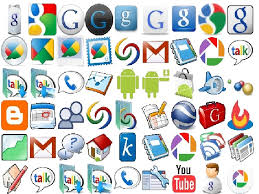Older adults can save tens of thousands of dollars annually by choosing assisted living communities over aging in place in their homes.
Unlike point solutions, Inspiren unifies resident safety, care planning, staffing, and emergency response into a single AI-powered platform.
An artificial intelligence-powered virtual assistant platform for senior living and care providers.

 Is the user experience deteriorating?
Is the user experience deteriorating?  T
T The press releases signal a busy time in Las Vegas. Viewed from afar, drowning in press releases, it is clearly a nearly fully revived
The press releases signal a busy time in Las Vegas. Viewed from afar, drowning in press releases, it is clearly a nearly fully revived 
 The 2024 survey is out – some might say it is positive about tech adoption. Older adults (age 50+)
The 2024 survey is out – some might say it is positive about tech adoption. Older adults (age 50+)  The pace of innovation in tech for older adults accelerated in 2023. New product announcements,
The pace of innovation in tech for older adults accelerated in 2023. New product announcements, 